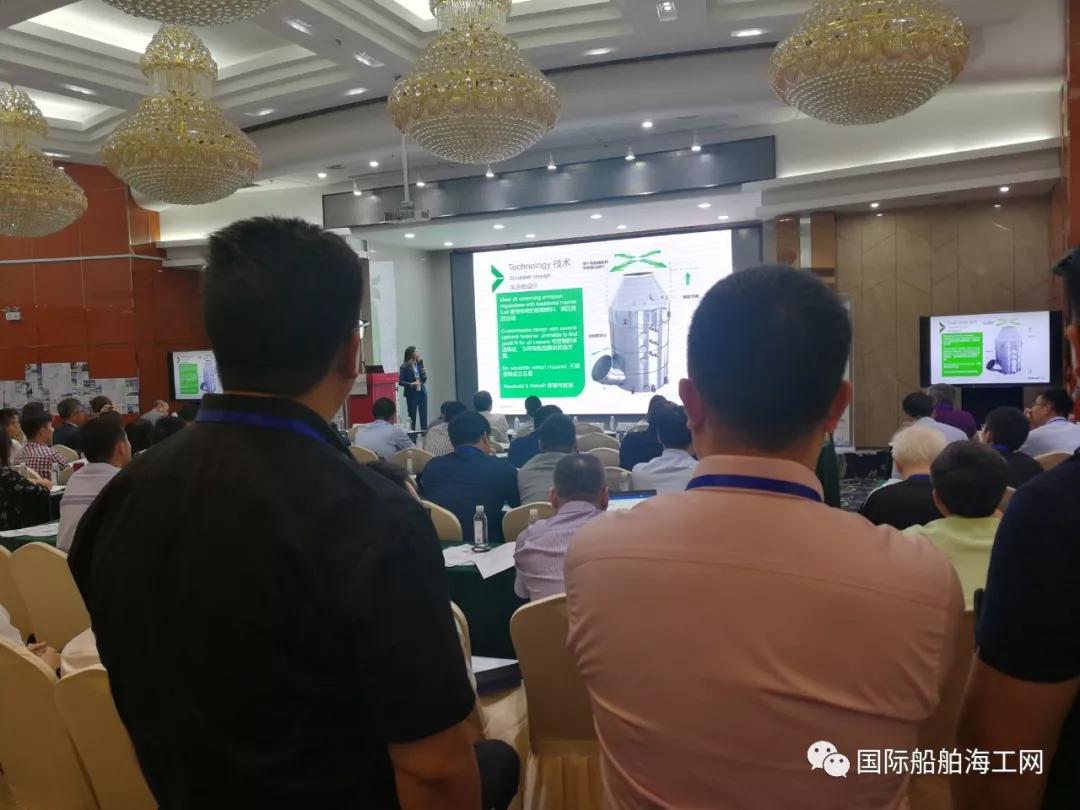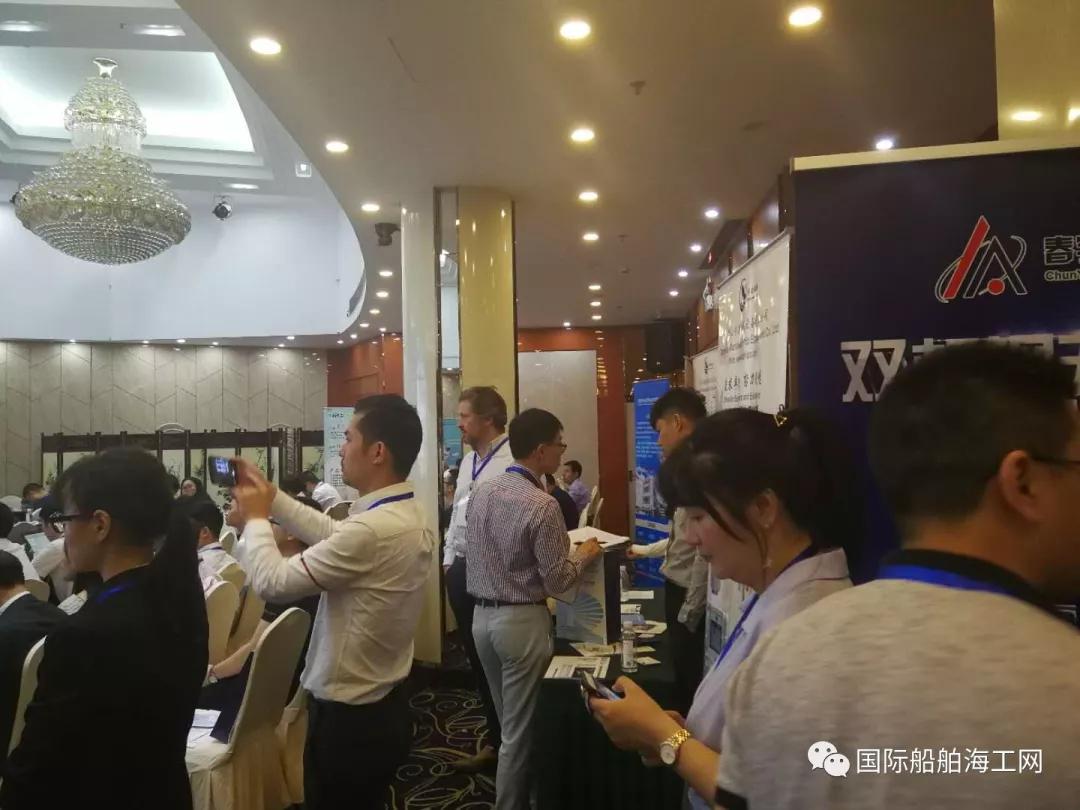挪威研究人员发表的一项新研究证实,船舶在燃烧残余燃料的同时使用洗涤塔将有助于降低全球二氧化碳水平。
首席科学家Elizabeth Lindstad博士在挪威SINTEF发表的一项研究中总结说,继续使用重质燃油和废气净化系统(EGCS)洗涤塔是实现全球温室气体(GHG)排放目标的最有利于环境的手段。
在成功举办了首届船用洗涤塔和压载水上海国际论坛及第二届国际船用脱硫洗涤塔上海国际峰会的基础上,正筹备更大规模、更高规格的”2019第三届船用洗涤塔和压载水系统上海峰会”、举办免费的“中欧豪华邮轮内饰内装对接交流会”将于9月13日在德国汉堡举办的国际船舶海工网了解到。

“研究表明,具有废气再循环(EGR)和洗涤塔的二冲程发动机代表了满足IMO Tier 3 NOx规则和2020年硫含量的最具成本效益和GHG效率的方式,” Lindstad博士说。
Lindstad博士表示,基于全球馏分燃料生产过程中消耗的能源,持续使用残余燃料将对全球温室气体排放产生积极影响,因为生产馏分油所需的能源将导致更高水平的二氧化碳释放进入大气层。
“随着新的现代化炼油厂将原油转化为价格较高的产品,从2020年开始,HSFO将从现有的炼油厂交付,其能源消耗份额可以被认为是几乎没有。解释是从炼油厂出来的重质燃料油是桶的底部。如果我们承认提供HSFO的能耗较低并扣除炼油,我们得到HFO每MJ可获得9至10g二氧化碳当量,而不是LSFO / MGO每MJ可获得13至15当量二氧化碳当量。
Lindstad博士还认为,需要审查减排规则,以考虑不同领域的污染问题。
“为了实现气候目标,即减少全球温室气体排放,我们再也不能在没有当地污染问题的地区制定严格的标准,而高污染地区可能需要比现在更严格的规则,”博士林斯塔德告诉清洁航运联盟2020(CSA 2020)。
CSA 2020执行董事Ian Adams指出,该行业长期以来意识到燃料生产中存在能量损失差异。
“使用高硫燃料和废气净化洗涤塔系统将对全球减少硫和氮氧化物排放以及温室气体排放产生有益影响,”Adams总结道。
在成功举办了首届船用洗涤塔和压载水上海国际论坛及第二届国际船用脱硫洗涤塔上海国际峰会上,200多位来自中国、英国、美国、德国、丹麦、挪威、瑞典、日本、法国、荷兰、芬兰、新加坡、马来西亚、韩国、加拿大等国的船东、船厂、洗涤塔厂商、配套厂家、设计和投资单位等一道共同进行了交流和探讨。
会议总结如下:
http://www.ishipoffshore.com/html/1/2019-06-20/9557.htm
http://www.ishipoffshore.com/html/1/2019-01-17/8733.htm
更大规模、更高规格的正在积极筹备”2019第三届船用洗涤塔和压载水系统上海峰会””和同期的“第六届2019年船舶新技术与投资上海国际峰会”,定于2019年12月1-2日将在上海市中心继续举办 。预计将有超过300多位来自来自中国、英国、美国、加拿大、德国、丹麦、挪威、瑞典、日本、法国、荷兰、比利时、芬兰、新加坡、马来西亚、韩国等国的船东、船厂、洗涤塔厂商、压载水厂商、配套厂家、设计和投资单位等报名参加,将汇聚上海,在12月3-6日的上海国际海事展前2天,交流、探讨和分享全球限硫令下船舶脱硫洗涤塔和压载水系统等的机会、挑战、合作等。
报名邮件: chinabobli@126.com
或者 china@ishipoffshore.com





Norway: New Study Confirms Scrubbers Would Aid Global CO2 Reduction
Using scrubbers while burning residual fuels would help reduce global CO2 levels, a new study published by Norwegian researchers confirmed.
The continued use of heavy fuel oil with an exhaust gas cleaning system (EGCS) is the most environmentally beneficial means of meeting global greenhouse gas (GHG) emissions targets, Chief Scientist Dr. Elizabeth Lindstad concluded in a study published by Norway’s SINTEF.
“Studies indicate that two-stroke engines with Exhaust Gas Recirculation (EGR) and scrubbers represent the most cost- and GHG-effective way of meeting both IMO Tier 3 NOx rules and the 2020 sulphur cap,” Dr. Lindstad said.
Dr. Lindstad stated that based on the energy consumed during the global production of distillate fuels, the continued use of residual fuel will have a positive impact on global GHG emissions, given the energy required to produce distillates would result in higher levels of CO2 being released into the atmosphere.
“With new modern refineries set up to convert crude into higher priced products, HSFO will, from 2020, be delivered from existing refineries where its share of energy consumption can be considered to be next to nothing. The explanation is that the heavy bunker oil coming out from the refinery is the bottom of the barrel. If we acknowledge the lower energy consumption in delivering HSFO and deduct the refining we get 9 to 10g of CO2 equivalent per MJ for HFO, rather than 13 to 15 of CO2 equivalent per MJ for LSFO/MGO.”
Dr. Lindstad also believes that emissions abatement rules need to be reviewed to consider pollution problems in different areas.
“To meet climate targets, i.e. reduce global GHG emissions, we can no longer afford to have standards that are strict in areas where we do not have local pollution problems, while areas with high pollution may need even stricter rules than today,” Dr. Lindstad told the Clean Shipping Alliance 2020 (CSA 2020).
Ian Adams, CSA 2020 Executive Director, noted that the industry has long realized that there was an energy penalty differential in the production of fuels.
“Using higher sulphur fuels with an exhaust gas cleaning system will have a beneficial impact on the global reduction of sulphur and nitrogen oxides emissions, and also on GHG emissions,” Adams concluded.
Source: World Maritime News



















